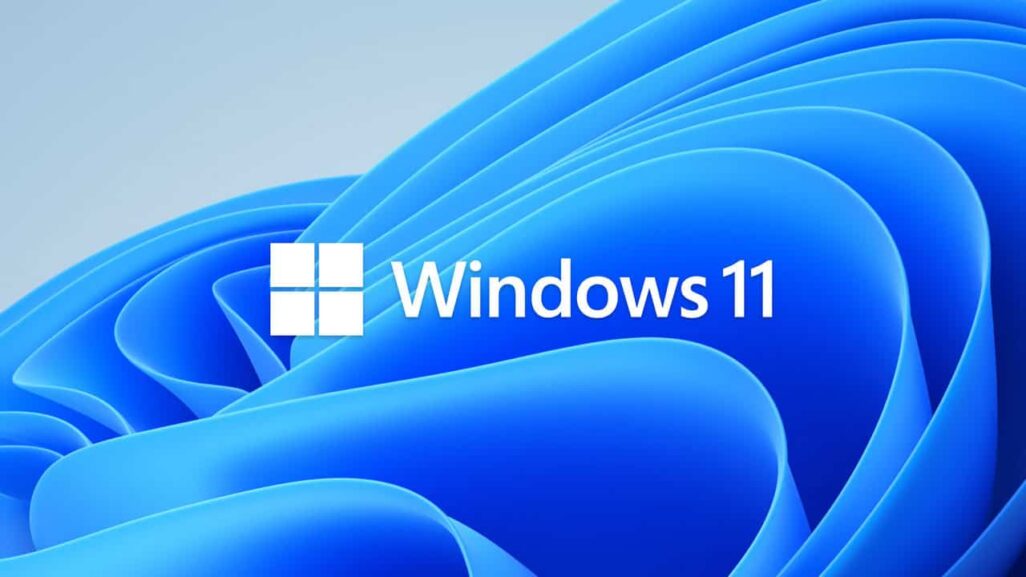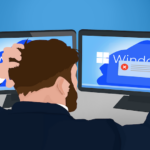Let’s see the most prominent issues plaguing Windows 11 right now.
1. Windows 11's UI Inconsistencies
Ever since Windows 8, Microsoft has wanted to phase out the legacy user interface (UI) elements of Windows in favour of a modern approach. But even with the might of Microsoft behind the task, legacy UI has stuck around to this day.
With Windows 10, Microsoft modernized a lot of elements. The company took things one step further with Windows 11. As a result, Windows 11 looks a lot cleaner and more aesthetically pleasing than Windows 10. That said, there is still a long way to go.
UI inconsistency is a giant problem with Windows 11. On one hand, there is the sleek Settings app, which was first introduced in Windows 10. It added quite a few more features you can adjust and can almost serve as a complete replacement for the Control Panel, which has its roots in Windows 95!
Suffice to say, after years of UIs that feel like mishmash rather than complete wholes, Microsoft needs to make Windows 11’s UI consistent.
2. The Taskbar's Limitations
Windows 11’s taskbar is polarizing, to say the least. To some, it is the refresh that the taskbar has always needed. To others, it is a mess with missing core functionality. While we can’t deny that the latest version of Windows’ taskbar looks modern, we have to lament the lack of the many fundamental taskbar features.
For starters, you can’t resize the taskbar or move it around. In Windows 10, you can move the taskbar around the display to an orientation of your choosing. You can also make it taller. You can’t do any of these in Windows 11. The lack of these basic taskbar features is quite puzzling.
Next, you can’t make taskbar icons smaller. Once again, this was an option in Windows 10. Why did Microsoft remove it? We don’t know.
The same is the case for seeing time and date on multiple monitors. You could see the time and date on the second monitor on Windows 10. Microsoft also removed this feature without any reason.
The same goes for the context menu which pops up when you right-click on the taskbar. In Windows 10, the context menu is full of customization options such as showing/hiding buttons. With Windows 11, the context menu is limited to only one option “Taskbar settings”.
Put simply, Microsoft needs to fix the taskbar and make sure that it is at least as functional, if not more, than Windows 10’s. As things stand now, Windows 11 taskbar feels rushed and incomplete.
3. The Limitations to Windows 11's Start Menu
Microsoft has significantly overhauled the Start Menu with Windows 11. It is positioned in the centre, although you can still move it to the left like in previous versions of Windows. There are also no Live Tiles. And the long list of all the apps that you know from Windows 10 is also gone. You can pin apps to the Start Menu and see the recommended or most used app.
There is also no way to group apps as you could in Windows 10. All you can do is pin apps.
To be honest, the changes are minor and we like Windows 11 Start Menu more. With Windows 10, we used to install a program that makes the Start Menu look like Windows 7, but we haven't done it on Windows 11. We also really like the feature where recently used files are shown - it was missing from Windows 10!
4. Windows 11's Bloatware
It seems inevitable that whenever someone wants to talk about Windows, they have to talk about the bloatware that comes with it. Windows 10 was riddled with games nobody played and programs nobody used. And the way things are, bloatware is still an issue in Windows 11.
Microsoft either needs to stop bundling in apps that people don’t want, or it needs to give users a simple tool to remove all the bloatware from Windows 11. Not only will this improve performance by way of a lighter OS, but it will also enhance the user experience.
Unfortunately, Microsoft gets paid by bloatware makers to include their useless games and apps in their OS. It's also similar to how most brand new computers come with a 30-day trial of antivirus or other software - just to make a few bucks at your expense!
5. Numerous Bugs and Inconsistencies
If you ask us, Windows 7 was the last time Microsoft released an OS without major bugs and inconsistencies. Windows Vista, 8, and 10 were all riddled with bugs. Unfortunately, Windows 11 is another rocky start for Microsoft.
For instance, some of the long-standing printer issues that have plagued Windows 10 for a long time, are still here in Windows 11. We had a label printer that stopped working on one of our Windows 11 computers, and it took three months for Microsoft to fix it. Good thing we had another PC that was still running Windows 10!
Conclusion
Apart from these issues, Windows 11 seems to be stable and reliable. We've been using it ourselves for almost half a year now and haven't felt like we want to go back to using Windows 10.
About 80% of computers are still not compatible with Windows 11, but if you have a newer laptop or desktop, you can upgrade it to Windows 11. Just don't forget to back up your data before you do so!







